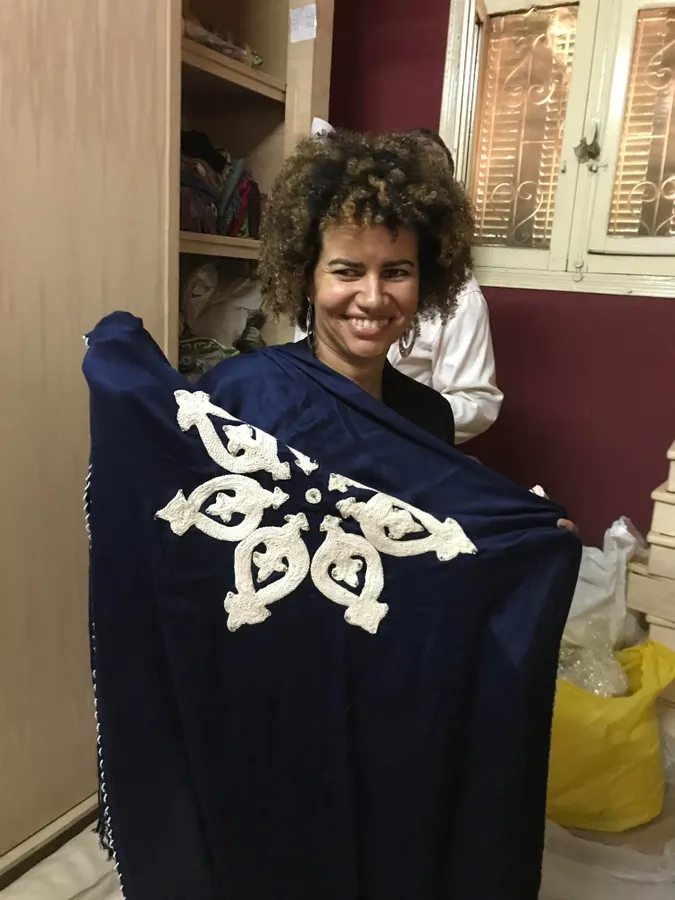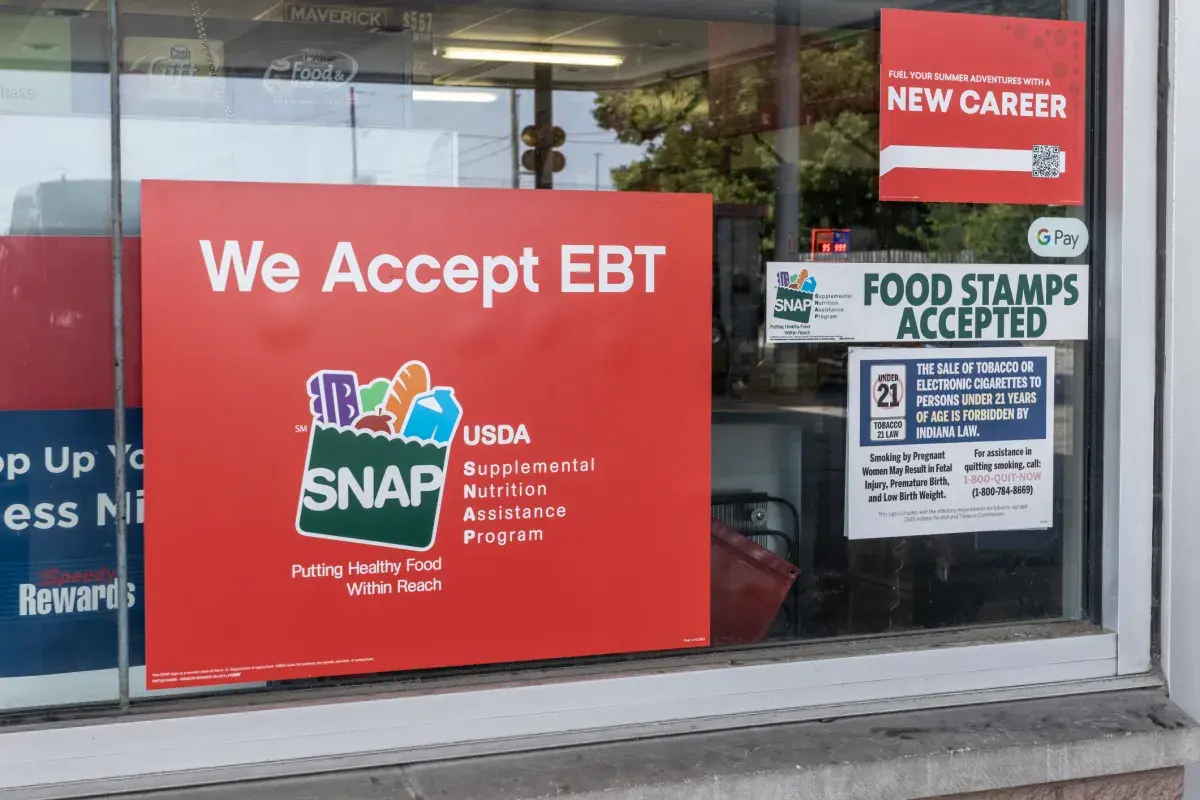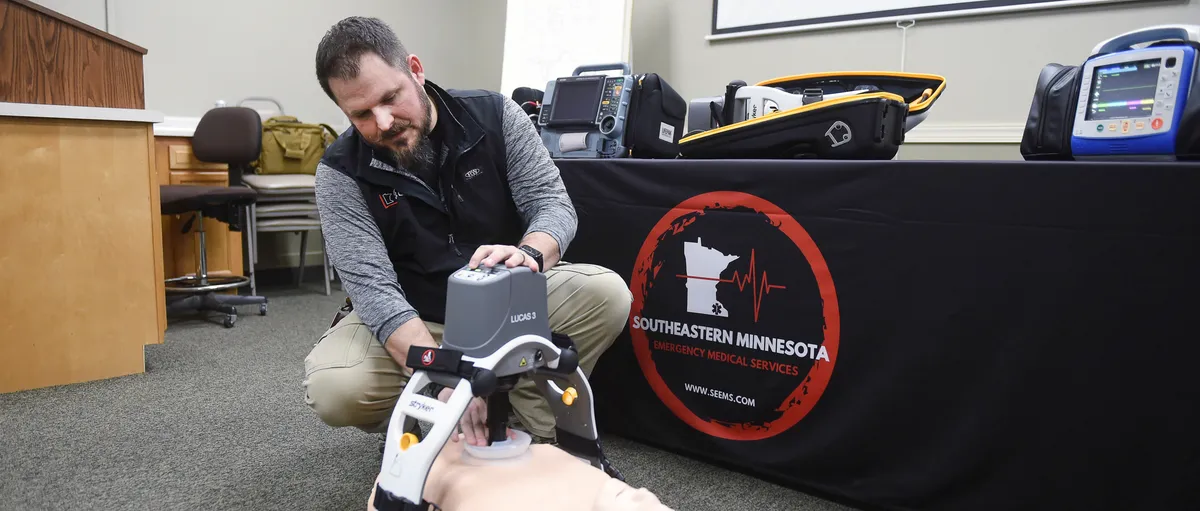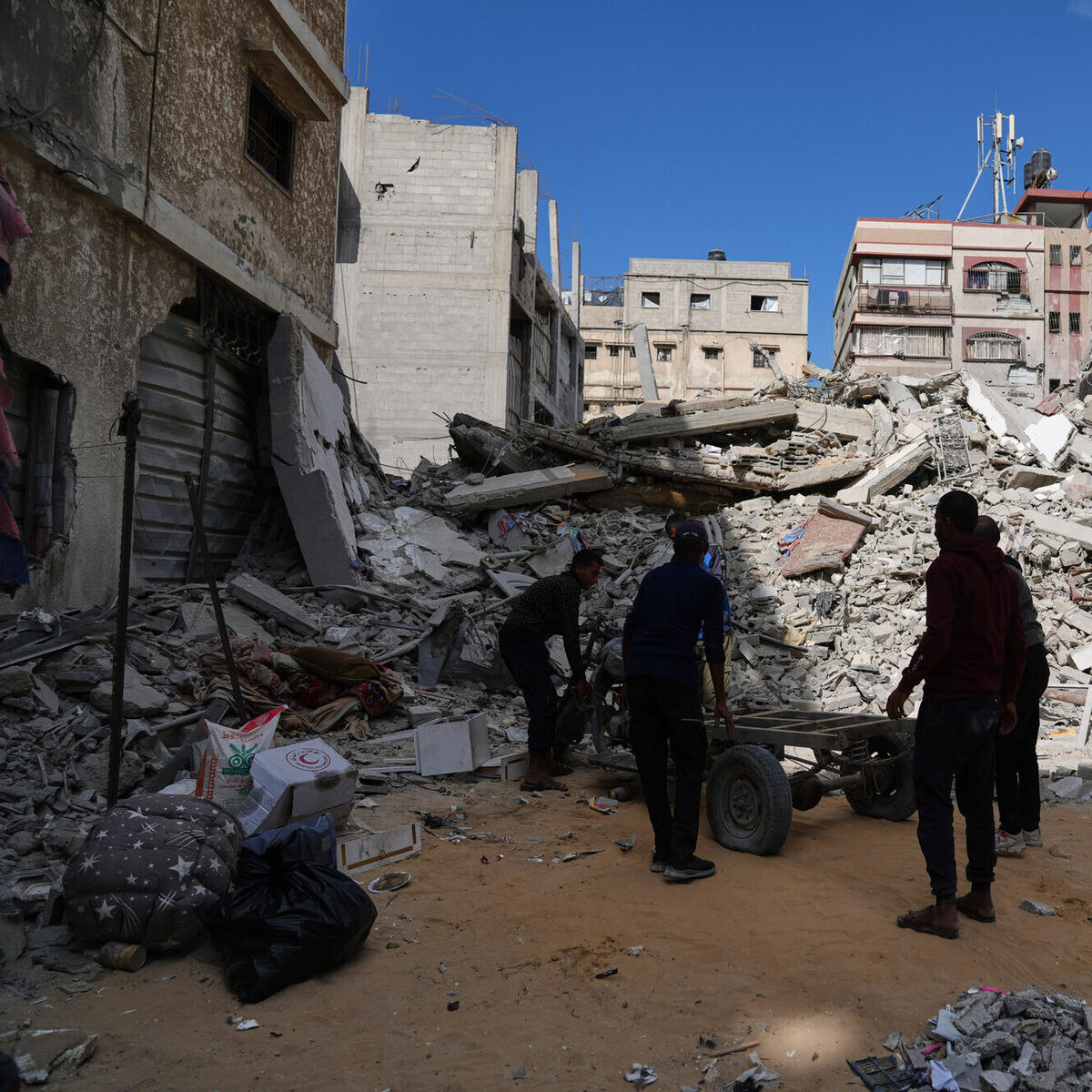Copyright forbes

The beaded edge emerged from the woman’s busy fingers, a stream of tiny white scallops, no more than an eighth of an inch across. Somehow she held beaded thread, cloth, and the flashing needle at once, a mothers’ hands capacious and precise. Darker skinned than the Egyptian friends who had invited me here, she smiled only the ghost of a smile. She didn’t speak English. Yasmina Abou Yousef, a social entrepreneur, was leading the tour of Tawasol, a school in Istabl Antar, one of the forgotten neighborhoods of Cairio. She talked about the craftsmanship that resides in the hands of Egypt’s poorest families. In fact, the skills turned out to be one of the keys to bringing their children to school. Tawasol, the school for street children, was born when Abou Yousef and her friends, including Dina Sherif, recognized that many families who came to a food giveaway during Ramadan included children, who should have been in school but weren’t. All over the world, there are children who forgo school to support their families. Others are wild children, running through global cities like spirit of untapped potential. Yasmina Abou Yousef Elizabeth MacBride The Dream Starts and Grows Back in 2008, Abou Yousef and her friends reasoned that it wouldn’t take much money to launch a small school, to make a dent in the problem they had seen. The school was mainly for dropouts who did not go to school at all, with a curriculum designed for kids who really couldn’t sit in a seat all day. “As the children grew, the dream also got bigger,” said Abou Yousef in a video about the school’s journey. Abou Yousef told me the staff started to think more holistically about what would help families. The team added a vocational element to the school. They started a handicrafts program, which also made it more likely families would send their children to school because the families were earning money, and seeing their children acquire a skill, like carpentry, brass work, applique. What they produced with the help of teachers and parents became products that Tawasol could sell. MORE FOR YOU The school added performing arts, including an acrobatic skills class. “This is a place where children can put their energy and showcase their talents. It gives them confidence in themselves.” I visited the school in 2018. Since my visit, the nonprofit has expanded, acquired a plot of land in another neighborhood, Ezzbet Khairalla. With support from donors, it built a new community school, which opened in December 2020 and can accommodate up to 500 students including children with special needs. Built with solar panels and a green rooftop, it includes a community health center. Egyptian Designs Produced At School Today, the school is prospering and selling products made by the parents and children on a web site, https://tawasolegypt.org/. One hundred percent of the proceeds from the sale of products go back either as artisans’ wages or to help sustain community development projects, according to the nonprofit. Tawasol's products put an Egyptian sensibility front-and-center. Dina Sherif, who also founded the consulting firm Ahead of the Curve and has since gone on to run the MIT Kuo Sharper Center for Prosperity and Entrepreneurship, told me about the school on one of the many trips I made to Egypt in the late teens, covering tech entrepreneurship. I meant to write about Tawasol, but life intervened. I had written about many crises at home and abroad by then, from America’s own abandoned steel towns and drug epidemics, to the Syrian refugee crisis, to the heart-shattering situation in the West Bank and Gaza. I had met teenage refugees in Istanbul, who gave me a gray plastic house. They could not go home, so they crafted their own small house as they learned to use a 3D printer, hoping to pick up marketable skills. Burnout Is The Street School For Journalists I had made more than 20 trips to the region, financing them myself. I usually sold a story about a high-profile businessman to a publication. That covered part of the cost of the trip, but never the full price. Most every time I also wrote a story about refugees, or mothers, or people struggling in some way. But I never wrote the story about Tawasol. The good were beautiful and the cause was just, but I was just done. By then, I see in retrospect, I was burned out. I switched beats shortly after, on a path to doing less journalism in general. And there it remained, until my daughter was applying for college. She and my older daughter had accompanied me on many journeys to the Middle East, on school holidays and in summer times. Tawasol had made a big impression on Quinn, and she mentioned it in an essay she wrote about growing up as the child of a journalist. Most importantly, from the man making hummus in a market in Jerusalem, from meeting Nobel Prize winner Leymah Gbowee in New York City, from the family making sweet potato vodka in Arkansas, from the kids in a slum in Cairo who taught me the first few letters of the Arabic alphabet, I learned that everyone has a story to tell and a perspective that deserves to be understood. I learned to appreciate culture, language, religion, and history, from getting a glimpse into hundreds of different lives. The importance of a story cannot be understated - I’ve learned that it is up to us, as human beings, to listen to each other, and to advocate for ourselves and for others. Often, the best way to do that is to tell, or listen to, a story. How Big Is the Problem? There could be as many as a million street children in Cairo, a result of decades of crises and poverty in Egypt, according to one United Nations Report. Very few people stopped to care about their stories, but a group of friends decided to do what they could, which turned out to be a great deal. So with thanks to Quinn for reminding me of the power of stories, and to Sherif for reminding me that burnout is real, and we can move on from it, this is the story of Tawasol, which has grown from a realization by a group of charitably-minded friends to a thriving social enterprise. This is the video of the mother’s hands that day: Editorial StandardsReprints & Permissions



